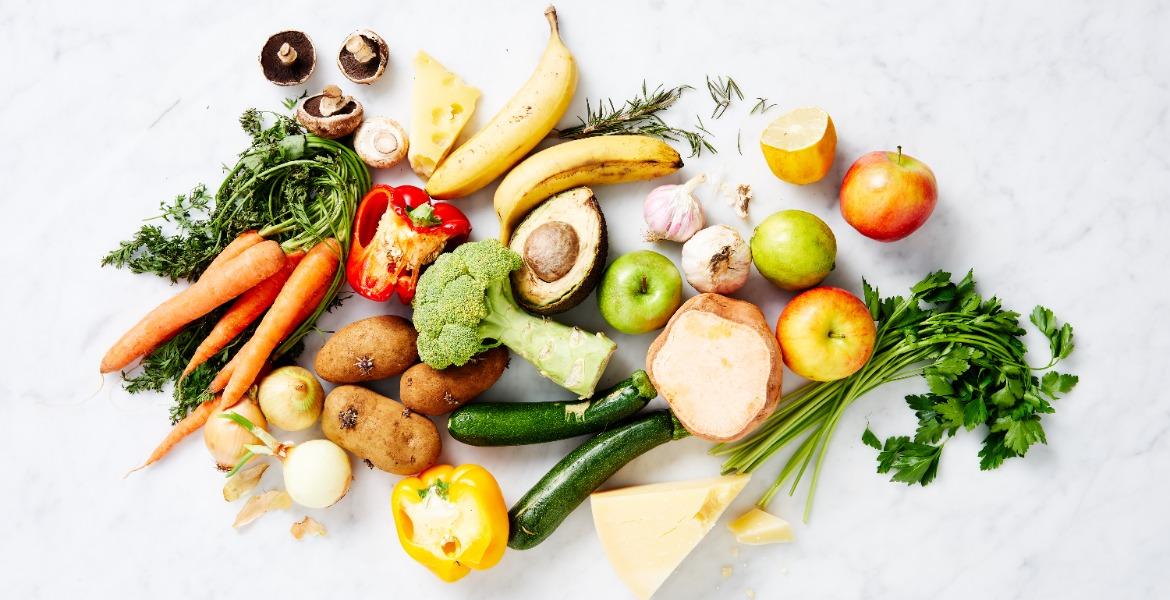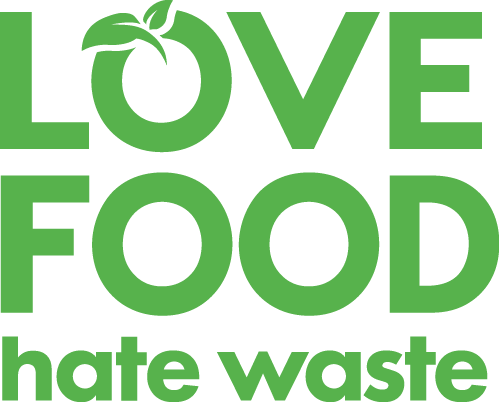
Be a Food Waste Warrior!
Discover how making small changes can save you money and time, while reducing the amount of food you throw away.
In NSW, more than a third of the average red lid garbage bin is wasted food. It may seem like we only throw out small amounts every now and again, but all that food adds up. Imagine $965 being thrown in the bin. That’s how much food the average person wastes each year.
Of course, some food waste is unavoidable. Things like bones, shells, teabags, coffee grinds, eggshells, fruit and vegetable peels, pips and stones can’t be saved. But some food waste is avoidable. It usually happens when we buy too much, cook too much or don’t store food correctly. By making a few simple changes at home, we can reduce food waste, eat well and save money.
Six steps to reducing food waste at home
It’s easy to reduce the amount of food you throw out. Following these six steps will help you fight food waste at home as well as save you money, help you eat well and reduce your carbon footprint.
Step 1 - Know your waste
Knowing how much food you throw away is one of the best ways to motivate yourself to take action. To work it out, take a container and put all your food waste in it, including plate scraps, leftovers and food that’s gone bad. Measure how full the container is after two days and make a note of the amount, so you can compare your results later on.
Step 2 - Plan your meals
A bit of planning will not only save you time and money but also help you and your family enjoy a healthy and balanced diet.
Think about what meals you’d like to cook for the week ahead and write down the ingredients for each recipe. How you plan meals is up to you. You can start by planning three dinners or every meal for the whole week. Look at what ingredients can be used in more than one meal, such as mince in spaghetti bolognese one night and tacos the next day. Check what you already have in the fridge, freezer and cupboards that can be used up.
Step 3 - Shop with a list
Plan for a successful shopping trip and make a list of what you need before you go. Check the fridge and pantry to make sure you’re not doubling up on ingredients. Try to plan meals that include fruit and vegetables that are in season, as they keep fresher for longer and are usually cheaper.
It’s a good idea not to shop when you’re hungry, as it’s much harder to resist impulse buys.
Don’t forget to grab your reusable shopping bags before you hit the shops!
Step 4 - Perfect portions
Cooking or preparing the right amount of food is one of the best ways to save money and reduce food waste. You can follow a recipe or use a serving size calculator to measure the amount of food you need. Our hands are also a ‘handy’ guide to show how much we need to cook.
Visit Love Food Hate Waste UK for their handy portion planner.
Step 5 - Keep it fresh
Storing food correctly will keep it fresher for longer, so you can reduce the amount of food (and money) that you throw away. It also preserves the nutrients in your food and keeps it tasting delicious. Here are some tips to keep your food fresh.
Step 6 - Love your leftovers
Leftovers can make a quick, easy and delicious meal. You’ll give the food in your fridge a second chance and reduce your shopping bill too. When planning your meals, check what leftovers you have that need to be used up. All it takes is a staple like rice or pasta and a bit of creativity to create an entirely new meal.
Before eating your leftovers, make sure you heat them till they’re piping hot to ensure it’s safe to eat.
